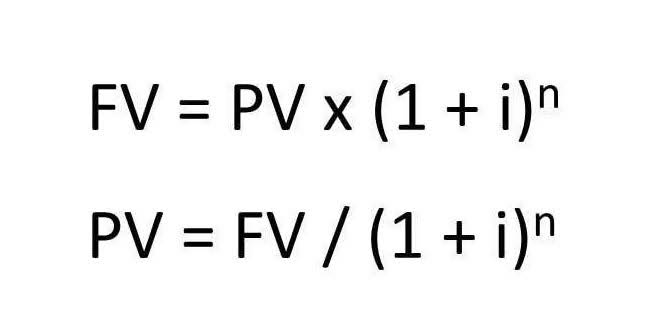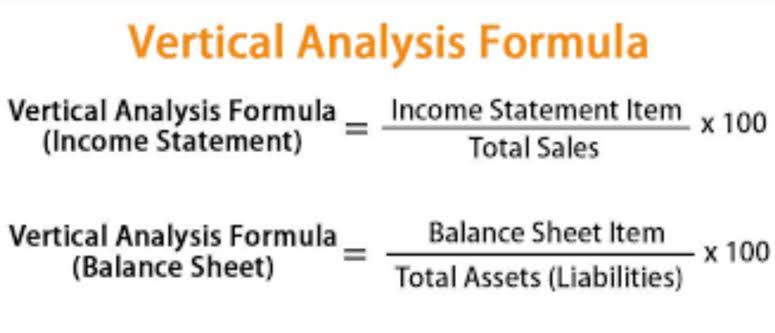
The proportion of total income that is exempt from FICA tax as “unearned income” tends to rise with higher income brackets. If the taxpayer is due a refund, then the FICA tax overpayment is refunded. Employees who have not received the necessary training should not be allowed to deal with clients of the business. Accountable institutions are required to report any unusual or suspicious transactions. This portion equals the amount that would be payable to the employee at $7.25 per hour minus the actual wages (excluding tips) paid to the employee. Absolutely, a financial planning app can be a highly beneficial tool in accurately calculating your FICA, Medicare and Social Security Taxes.

What is the FICA tax rate?
Small businesses can consider using payroll management software or other digital tax tools to automate and streamline accurate payments, making the process easier and more efficient. The Medicare tax is automatically deducted from employees’ paychecks by employers, who are responsible for collecting this tax from all employees, regardless of their age. Self-employed individuals are required to pay both the employee and employer portions of the Medicare tax, resulting in a higher tax rate of 2.9%.
- Of that total amount, $248 (2000 x 12.4%) goes to Social Security and $58 (2000 x 2.9%) goes to Medicare.
- This 1954 legislation was passed to ensure those who are self-employed make their contributions to fund Social Security and Medicare.
- Though they pay more than wage earners, self-employed individuals do get a tax break.
- When the Medicare legislation became law, seniors were the population group that was most likely to be living in poverty.
How Do FICA Taxes Work?
- Any gross wages above this amount are not subject to Social Security tax.
- If the employee’s wages (excluding tips) are less than $7.25 per hour, a portion of the tips aren’t creditable.
- The Federal Insurance Contributions Act (FICA) is a significant piece of legislation in the United States that governs the funding of Social Security and Medicare.
- The U.S. FICA system is unique in that it’s entirely based on flat-rate contributions and offers limited health coverage (Medicare) until age 65.
- As of 2024, the FICA tax rate is 6.2% for Social Security and 1.45% for Medicare, applied to employee wages.
Enables identification of proceeds of crime, combating money laundering, terrorist and proliferation financing.
The U.S. FICA system is unique in that it’s entirely based on flat-rate contributions and offers limited health coverage (Medicare) until age 65. Employers with global teams should be aware of these differences when designing compensation packages or handling international payroll. Instead, they pay the Self-Employment Contributions Act (SECA) tax, which mirrors FICA in rate and structure. The Federal Insurance Contributions Act (FICA) was enacted in 1935 as part of President Franklin D. gym bookkeeping Roosevelt’s New Deal legislation in response to the Great Depression.
Services performed by patients
Social Security was designed to assist those people as well as infuse needed spending power into the moribund economy. At first, the Social Security Act provided a one-time lump sum pension. Over time, other enhancements have been made by congress in order to serve more Americans. Our clear and simple implementation process removes all of the guesswork and friction, so can switch payroll providers seamlessly and without disruption to your business.
6.2% of an employee’s FICA taxable wages go to Social Security tax and 1.45% of their FICA taxable wages go to Medicare tax. While the initial $7,000 is known as the “FUTA wage base,” SUTA may modify this base. Plus, employers that pay their federal and state unemployment taxes in full may have the opportunity to earn a tax credit worth up to 5.4% of their FUTA taxable wages.

State Unemployment Tax Act (SUTA) operates on the same principle as FUTA when was fica established but at the state level. Similar to FUTA, employers are the ones responsible for paying this tax. In addition to the standard Medicare tax of 1.45%, an extra 0.9% surtax applies to high earners. Specifically, this additional Medicare tax kicks in for those with earnings exceeding $200,000 for single filers or $250,000 for joint filers. The surtax is solely the responsibility of the employee; employers are not required to match this additional contribution. As noted, the amount of FICA taxes taken out of your paycheck is 7.65%.
Employment training
FIC refers to the taxes withheld from an employee’s paycheck to fund Social Security and Medicare programs. FICA, on the other hand, is the legislation that governs the collection and administration of these taxes. In simpler terms, FIC is the actual tax amount deducted from an employee’s earnings, while FICA is the law that mandates this tax collection process.
- South Africa, like many countries, faced increasing risks from financial crimes, including organized crime, drug trafficking, corruption, and terrorist financing.
- Understanding the financial rate of contributions is essential for both employers and employees.
- With experience in topics including healthcare, payroll, and HR, Leslie has brought her experience to many start-ups, including Brex, Brella, Gusto, Lively, and Wonolo.
- Check out our comprehensive employer’s guide to payroll taxes – a structured and simple overview of what employers need to know about the taxes that flow through payroll – on both the employer and employee side.
- In this section, we’ll delve deeper into understanding the Medicare taxes under FICA, discussing tax rates, the employer-employee split, and additional Medicare taxes.
- He has over 34 years of leadership experience in government, financial services, manufacturing, retail, and non-profit organizations.
You should not withhold and retained earnings balance sheet contribute the 6.2% Social Security portion of FICA tax if an employee’s earnings are more than the wage base. Medicare taxes started in 1965 under President Lyndon Johnson’s administration. The funding for most of Medicare’s Hospital Insurance (HI) program comes from payroll taxes. The Federal Insurance Contributions Act, commonly known as FICA, was enacted in 1935 as part of President Franklin D. Roosevelt’s New Deal. The primary aim was to create a system that provides financial aid for the elderly, survivors, and the disabled.
FICA Tip Credit for employers

These agreements facilitate the sharing of information through a network across the globe. Through these partnerships the FIC significantly contributes to South Africa’s intelligence, investigation and criminal justice value chain. The FIC was established in 2002 as South Africa’s financial intelligence unit following the promulgation of the FIC Act in 2001. The regulatory body is the only entity authorised to receive transaction and other related data from financial and non-financial institutions. The government calculates your Social Security benefits based on your work history and earnings.

Free Disability Evaluation
Additionally, the act helps determine the proceeds of criminal activities and improves compliance with the law. FICA taxes fund Social Security and Medicare, which provide benefits for retirees, disabled individuals, and survivors of deceased workers. Paying into FICA ensures you and your family are eligible for these benefits in the future. Since self-employed taxpayers are defined as both the employee and employer, they are taxed at a rate of 12.4% (6.2% + 6.2%). Any gross wages above this amount are not subject to Social Security tax. Yes, both employers and employees pay equal tax rates for Social Security and Medicare.
